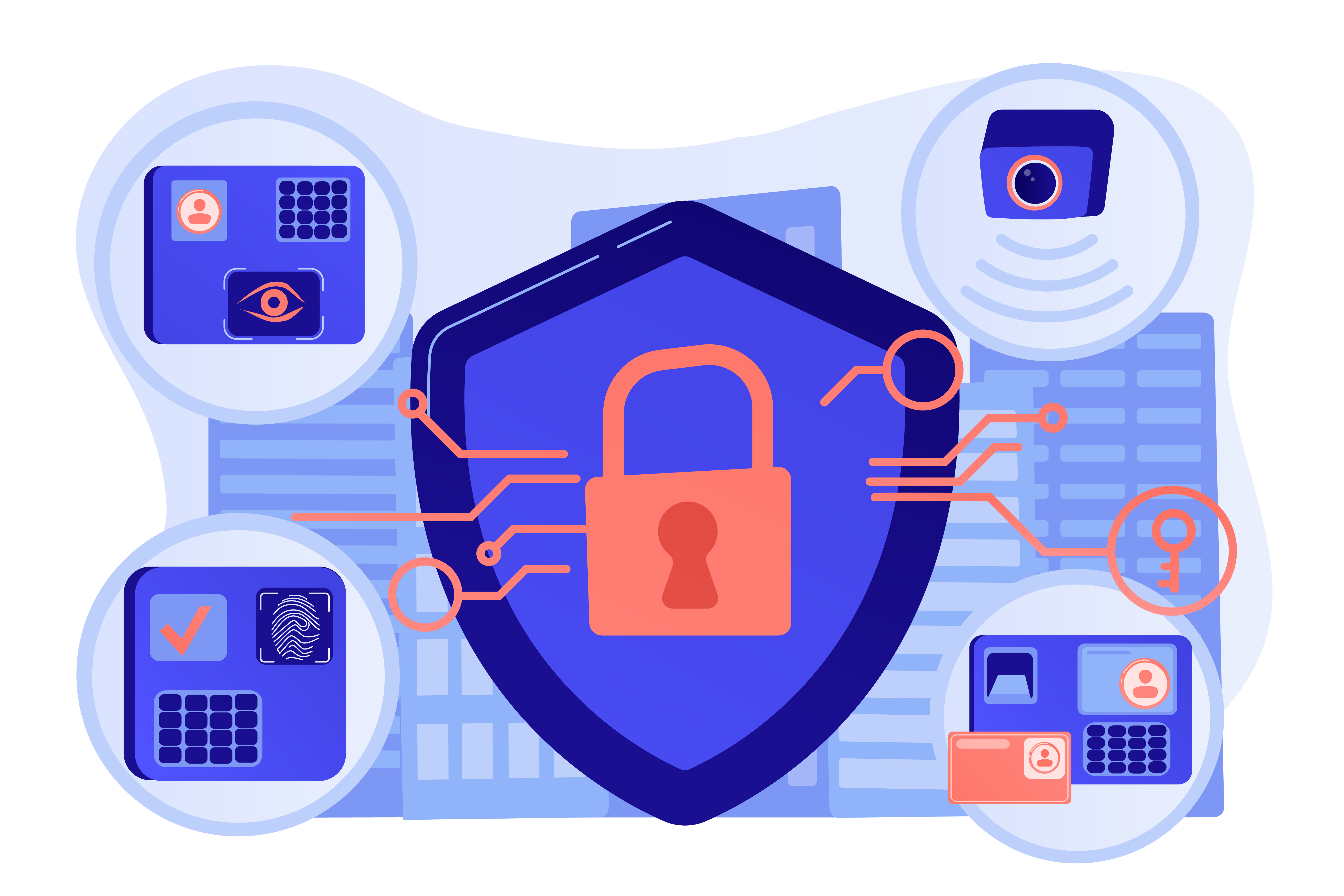Endpoint Protection: 5 Notable Tools Compared
 Gilad Maayan
Gilad Maayan
Endpoint protection tools are security software applications designed to identify, prevent and resolve potential threats to your computer network's endpoints. Endpoints include any device connected to your network - desktop computers, laptops, mobile devices, and even IoT devices. These tools work by monitoring your network and flagging any suspicious activity, allowing you to address potential threats before they cause damage.
Endpoint protection tools provide a range of capabilities including antivirus and anti-malware detection, firewall services, intrusion prevention systems, and data loss prevention.
5 Notable Endpoint Protection Tools
Let’s explore five popular endpoint protection tools and examine their features, strengths, and weaknesses.
CrowdStrike Falcon
CrowdStrike Falcon is a cloud-native endpoint security platform that uses artificial intelligence to detect and prevent threats. Its standout features include endpoint detection and response (EDR), threat intelligence, and next-generation antivirus (NGAV). This tool is known for its high detection rates and low false positives, making it a reliable choice for businesses.
However, one of the main criticisms of CrowdStrike Falcon is its high cost. It's also worth noting that while it's rich in features, some users find its interface complex and challenging to navigate.
Symantec Endpoint Security
Symantec Endpoint Security, now a part of Broadcom, offers a comprehensive solution that includes threat prevention, detection, and response. It uses a multi-layered defense strategy, including firewall and intrusion prevention, to ensure maximum protection.
However, some users have reported that the software can be resource-intensive, potentially slowing down system performance. Additionally, while the tool provides comprehensive threat protection, some users have reported difficulties with the software's management console, which may affect ease of use and overall user experience.
Sophos Intercept X
Sophos Intercept X is known for its user-friendly interface and powerful features, including EDR, exploit prevention, and ransomware protection. Its artificial intelligence-driven threat detection makes it effective against both known and unknown threats.
The major downside, however, is the Sophos pricing model, which is out of reach for many businesses. Additionally, it is sometimes prone to false positives, which could lead to unnecessary disruptions.
Bitdefender GravityZone
Bitdefender GravityZone offers a comprehensive security solution that includes antivirus, anti-malware, firewall, and device control features. Its stand-out feature is its machine learning capabilities, which allow it to adapt and improve its threat detection over time.
However, users have noted that Bitdefender GravityZone can be quite complex to set up, making it less suitable for businesses without a dedicated IT team. Some users have also reported slow customer support response times.
Trellix XDR
Trellix XDR, formerly known as RSA NetWitness, offers a threat detection and response platform with a focus on user and entity behavior analytics. Its advanced analytics can help identify suspicious activity, even if it's not based on known threat signatures.
One of the main criticisms of Trellix XDR is its steep learning curve. While it offers robust features, some users find it challenging to navigate, which could affect efficiency and productivity. It's also worth noting that it may not be suitable for small businesses due to its high cost.
Key Criteria for Choosing Endpoint Protection Tools
Detection and Response Capabilities
Endpoint protection tools should be able to quickly identify potential threats and respond accordingly. This includes being able to detect known threats like viruses and malware, as well as unknown threats through behavioral analysis.
Endpoint protection tools should also offer real-time protection. This means the tool continuously monitors your network for any suspicious activity and instantly takes action when a threat is detected. This capability is crucial in minimizing the damage caused by cyber threats.
Furthermore, the response capabilities of these tools are equally important. Once a threat is detected, the tool should be able to isolate the affected endpoint from the rest of the network to prevent the spread of malware. It should also be able to remediate the threat by either deleting or quarantining the malicious file.
Ease of Use and Management
Another factor you should consider when choosing endpoint protection tools is their ease of use and management. The tool should have a user-friendly interface that is easy to navigate.
In terms of management, the tool should provide a centralized console that allows you to manage all endpoints from a single location. This can significantly simplify the task of monitoring and managing your network. The tool should also provide detailed reports and analytics that offer insights into the security status of your network.
Moreover, the tool should offer automation capabilities. This can help to streamline your security operations by automating routine tasks like patch management and vulnerability scanning. Automation can not only save you time but also reduce the risk of human error.
Scalability and Integration Options
As your business grows, your network will likely expand, and you'll need a tool that can scale with you. The tool should be able to handle an increasing number of endpoints without degrading its performance.
In terms of integration, the tool should be able to seamlessly integrate with other security tools in your infrastructure. This includes tools like security information and event management (SIEM) systems, intrusion detection systems (IDS), and firewalls. Integration can help to enhance the overall effectiveness of your security strategy by allowing these tools to share information and work together to fend off threats.
Furthermore, the tool should support a variety of operating systems and platforms. This includes Windows, Mac, Linux, and mobile platforms like Android and iOS. This can ensure that all endpoints in your network are protected.
Conclusion
When choosing an endpoint protection tool, it's important to consider factors like detection and response capabilities, ease of use and management, scalability, and integration options. Different tools offer a variety of features, strengths, and weaknesses. To assist in your decision-making, here is a summary table that compares the five endpoint protection tools discussed in this article:
Feature/Tool | CrowdStrike Falcon | Symantec Endpoint Security | Sophos Intercept X | Bitdefender GravityZone | Trellix XDR |
Detection Capabilities | High | High | High | High | High |
Response Capabilities | EDR, NGAV | Firewall, IPS | EDR, Ransomware | Device Control | UEBA |
Ease of Use | Moderate | Moderate | High | Low | Low |
Scalability | High | High | Moderate | Moderate | High |
Integration Options | Moderate | High | Moderate | Moderate | High |
Pricing | High | Moderate | High | Moderate | High |
Resource Impact | Low | Moderate | Low | Moderate | Moderate |
Customer Support | Moderate | Moderate | Moderate | Low | Moderate |
Learning Curve | Moderate | Moderate | Low | High | High |
By evaluating each tool against these criteria, you can select the one that best meets your organization's specific needs and challenges. This will ensure you have an endpoint protection solution that effectively secures your organization’s endpoints.
Image source: https://www.freepik.com/free-vector/home-protection-surveillance-service-devices-house-security
Subscribe to my newsletter
Read articles from Gilad Maayan directly inside your inbox. Subscribe to the newsletter, and don't miss out.
Written by
